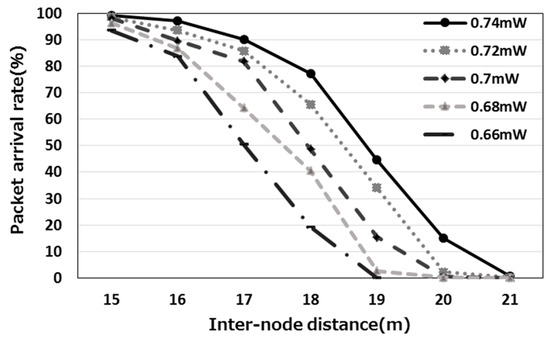

Habitat-related soundscapes (the combination of biological and physical sounds from a particular location) may represent a valuable cue for a variety of larvae because these underwater sounds can indicate both the presence and biophysical characteristics of particular habitat types, and sounds can travel independent of currents over greater distances compared to other habitat cues (e.g.

#UNDERWATER SOUND REFERENCE DIVISION DRIVERS#
Understanding the drivers of the settlement process is central to successful prediction of reef population and community dynamics.

Marine seafloor ecosystems, and efforts to restore them, depend critically on the influx of larvae, since the early life stages of most bottom-dwelling organisms disperse in the water column for days to months prior to settlement. It also highlights the important role that ambient sounds play in marine biology. Establishing the influence of ambient sounds on the early stages of reef-building organisms has broad implications for habitat restoration, and informs our understanding of the potential adverse effects of noise pollution in marine ecosystems. Reef-building organisms, such as oysters, are an ecologically and economically valuable resource worldwide, however, native populations are now less than 5% of their historical abundances due to fishing pressure, oyster bed destruction, habitat degradation and disease. Their policies may differ from this site.Ī new study has provided the first evidence that underwater sound influences the settlement of reef-building larvae to oyster reefs, and that the addition of habitat-related sounds to the natural environment can increase the density of newly settled oysters. Some links on this page may take you to non-federal websites.
#UNDERWATER SOUND REFERENCE DIVISION FULL#
Some full text articles may not yet be available without a charge during the embargo (administrative interval). When clicking on a Digital Object Identifier (DOI) number, you will be taken to an external site maintained by the publisher. PUBLICATIONS PRODUCED AS A RESULT OF THIS RESEARCH This work also highlights a potential biological implication of marine noise pollution and may elucidate previously untested benefits of soundscape diversity, ultimately leading to healthier and better-managed ocean and estuary ecosystems. Building knowledge of the behavioral responses of marine larvae to bio-physical variables such as sound, and the resulting distribution and abundance patterns of marine organisms is central to improved understanding of marine biology. This Doctoral Dissertation Improvement Grant project specifically seeks to expand upon these recent laboratory results by conducting field experiments to test if the apparent larval responses to habitat-related sound operate in the natural environment to shape settlement patterns. The researcher will use larval oysters and clams, and the soundscape of estuarine habitats as a model system, results to date have established that oyster reefs are acoustically distinct from adjacent soft bottom habitats, and that these reef sounds enhance oyster settlement in laboratory experiments.

This will be done by characterizing an estuarine soundscape and determining how sound variation affects the settlement of invertebrates. Therefore the goal of the research is to understand the nature of underwater sound in larval ecology. It has recently been shown that underwater sounds may be an important cue used for marine fish and invertebrate larval in this process, yet the relevant acoustic patterns and associated larval responses remain largely unstudied. Reaching an appropriate habitat is critical in determining the distribution and abundance of adults, which make-up marine communities. crabs, mussels, corals) develop, zygotes and larvae, in the water column before settling on the sea floor. Most bottom-dwelling marine organisms (e.g. Primary Place of Performance Congressional District: Ashlee Lillis (Co-Principal Investigator).David Eggleston (Principal Investigator) DelWayne Bohnenstiehl (Co-Principal Investigator).IOS Division Of Integrative Organismal SystemsĮmilia martins IOS Division Of Integrative Organismal Systems BIO Direct For Biological Sciences DISSERTATION RESEARCH: Underwater soundscapes and their potential role in the settlement of estuarine benthic invertebrates NSF Org:


 0 kommentar(er)
0 kommentar(er)
